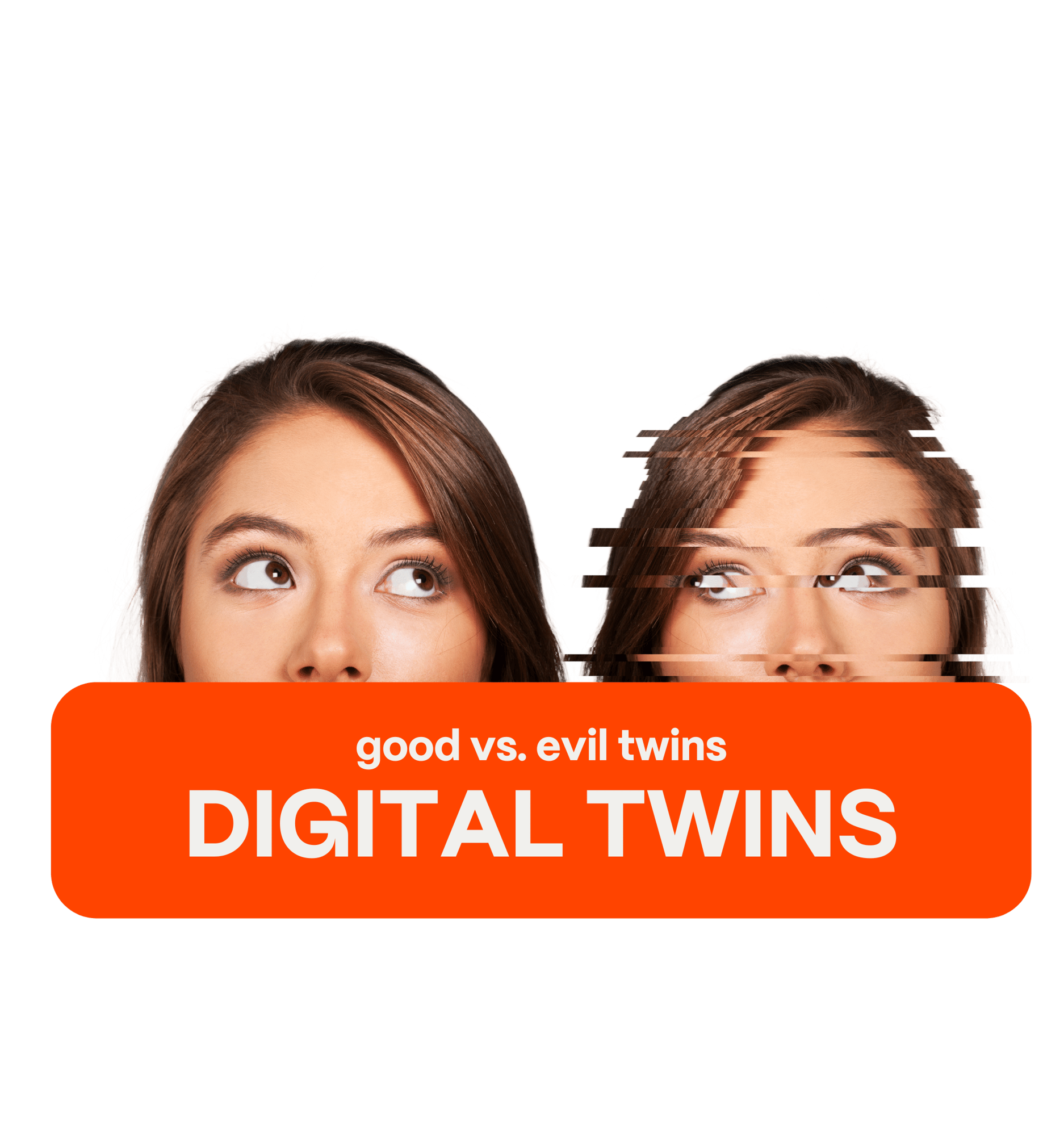How do I know if my digital twin is good or evil?
The Digital Twin Buyer Checklist
Ask the right questions. Choose a twin you can trust.
Not all digital twins are created equal. This checklist gives you the questions that actually matter. Use it to vet suppliers, test platforms, or gut-check your current twin before making high-stakes decisions.
- Use it yourself
- Share it with your team
- Ask suppliers directly
Because when the stakes are high, you need more than a synthetic guess—you need a strategy you can trust.

1. Foundation
Data Quality
- Is your twin built on real, first-party data from actual respondents (not scraped content)?
- *Follow up question: Does it represent the audience you actually care about?
- Can you trace who the twin reflects—down to the segment, persona, or profile level?
- Do you know where exactly the data came from and how it was turned into a twin?
Why it matters: A twin is only as good as the person it's based on.
*Even high-quality data can fail you if it’s the wrong audience. If your twin wasn’t built for your use case, expect generic outputs.
2. Transparency
Methodology Clarity
- Is the methodology for building the twin transparent?
- Does it respect respondent privacy and data consent?
- Can the provider explain how the twin was enriched and trained?
- Are LLMs used with clear safeguards in place?
- Are the outputs reproducible against humans?
Why it matters: You should never rely on a black box to speak for your customers.
3. Validation
Proof of Accuracy
- Are responses validated against real-world benchmarks (e.g., Q&A pairs, historical surveys)?
- Does the provider offer empirical validation or performance metrics?
- Are outputs consistent yet human-like, with slight variation—not robotic repetition?
Why it matters: Reliable twins reflect real behavior—not hallucinated personas.
4. Behavior
Output Quality
- Does the twin ever push back or just tell you what you want to hear?
- Are the responses specific and nuanced, not vague generalizations?
- Can the twin simulate follow-up questions or idea testing, like a real person would?
Why it matters: A useful twin acts like a strategic partner, not a yes-man.
5. Evolution
Updatability
- Can your twin be updated with new surveys, market shifts, or uploaded data?
- Is there a plan for ongoing twin enrichment and refinement?
- Does the provider offer customization options based on your industry or target?
Why it matters: Audiences change. Your twin should evolve with them.
Final Score
Should You Trust This Twin?
Add up your checkmarks.
- 15–18 ✔️ You're in good hands.
- 11–14 ⚠️ Ask for more detail before making decisions.
- <10 ❌ Beware: you may be talking to an evil twin.
Want a Twin You Can Trust?
Explore how Panoplai builds validated, enriched digital twins—designed for decision-makers, not guesswork.

